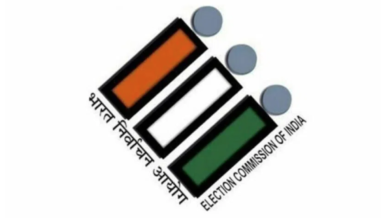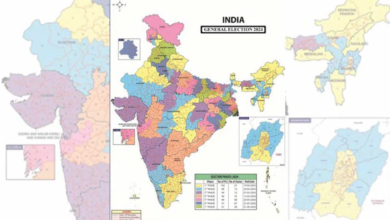ISRO launches advanced navigation satellites GSLV-F12, NVS-01


The ISRO’s GSLV rocket carrying navigation satellite NVS-01 lifts off from the Satish Dhawan Space Centre, in Sriharikota, Monday, May 29, 2023. (PTI Photo/R Senthilkumar)
Sriharikota: Indian Space Research Organisation (ISRO) on Monday launched its advanced navigation satellite GSLV-F12 and NVS-01 from Sriharikota.
The launch was carried out from Satish Shawan Space Centre in Sriharikota, Andhra Pradesh.
NVS-01 is first of the India’s second-generation NavIC satellites that accompany enhanced features.
The NVS-01 carries navigation payloads L1, L5 and S bands and in comparison with the previous one, the second-generation satellite would also carry an indigeneously developed rubidium atomic clock. It is for the first time that an indigeneously developed rubidium atomic clock would be used in Monday’s launch, ISRO said.
According to the space agency, scientists earlier used imported rubidium atomic clocks to determine date and location. Now, the rubidium atomic clock developed by Ahmedabad-based Space Applications Centre will be on board. It is an important technology that only a handful of countries possess, it said.
ISRO developed the Navigation with Indian Constellation (NavIC) system to meet the positioning, navigation and timing requirements of the country, particularly with regard to civil aviation and military requirements. NavIC was earlier known as the Indian Regional Navigation Satellite System (IRNSS).
“The L1 navigation band is popular for providing position, navigation and timing services for civilian users and for interoperability with other GNSS (global navigation satellite system) signals,” ISRO said.
Some of the applications of NavIC include terrestrial, aerial and maritime navigation, precision agriculture, location-based services in mobile devices and marine fisheries, among many others.
NavIC is designed with a constellation of seven satellites and a network of ground stations that operate 24×7. NavIC offers two services — Standard Position Service (SPS) for civilian users and Restricted Service for strategic users.
NavIC SPS signals are interoperable with the US global navigation satellite system signals, GPS, Glonass from Russia, Galileo (European Union) and BeiDou, China.
Monday’s mission is the sixth operational flight of the GSLV with indigenous cryogenic stage. The mission life of NVS-01 is expected to be better than 12 years, ISRO said.







